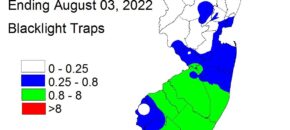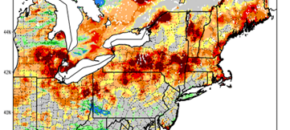
On these hot and dry days we are reminded that farmers, farm workers, landscapers, and gardeners are at a high risk for UV exposure and skin cancer. Effective sunscreen and ultraviolet protective clothing are important tools to help you stay safe while working outdoors, as we shared in a recent Plant & Pest Advisory article. […]
Continue reading...


